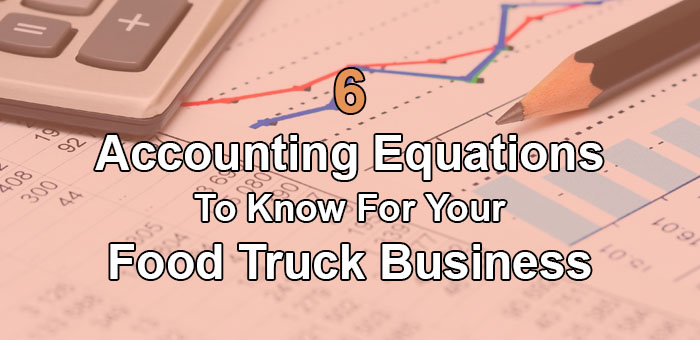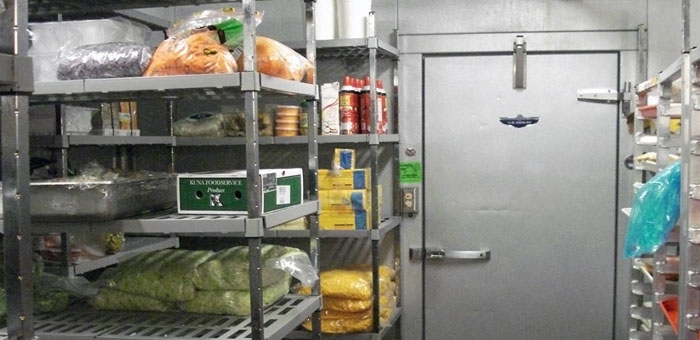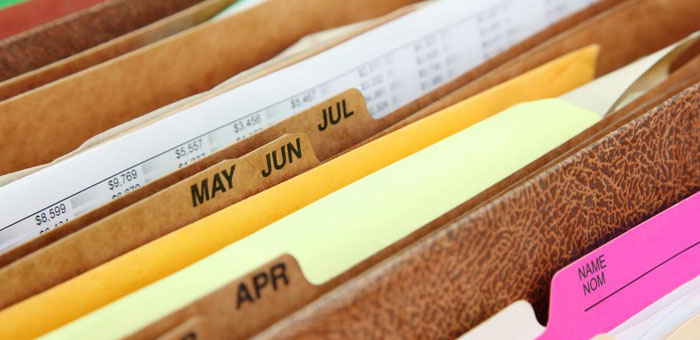Running a food truck involves more than cooking great tasting food. You also need to have some accounting knowledge, this includes some basic accounting equations. One of the top reasons food trucks fail is because of the owner’s lack of accounting skills. As a food truck vendor, you are responsible for keeping your books in the black. After all, one of the primary reasons you created your mobile food business is so that you can pay yourself. This involves staying on top of your food truck’s finances.
When you’re running a mobile food business, you need to keep your food and labor costs in check. You also need to know what you’re taking in each month, and monitor your profit margins. Not just one time either, this must be done on an ongoing basis. It doesn’t matter if you’re just starting up, or trying to clean up your books, here are six accounting equations you need to know.
Page Contents
Food Truck Accounting Equations: Break-Even Point
The first of our food truck accounting equations is the break-even point. Your break-even point is one of the first numbers you should calculate. This number lets you pinpoint how much you must do in sales to earn back an investment. The number can then be used to forecast how long it will take to earn that money back. Break-even is a must-have if you’re looking for investors or starting a new food truck.
You can also use break-even to justify a new big purchase. This could include a second truck or refitting your truck’s kitchen with new equipment. Saying something will cost $80,000 is one thing, but saying it will pay for itself in 1 year is a better way to put that number in perspective.
Calculating Break-Even Point
If your food truck does $10,000 in sales one month, pays $3,000 in variable costs, and $4,000 in fixed costs, your break-even point in dollars is $5,714.29 for that month, meaning that you start earning profit after selling $5,714.29 worth of food.
The accounting equation for break-even point is:
Total Fixed Costs ÷ ( (Total Sales – Total Variable Costs) / Total Sales) = Break Even Point
In this scenario, $10,000 – $3,000 (sales minus variable cost) equals $7,000. $7,000 / $10,000 = 0.7, and $4,000 (fixed costs) divided by 0.7 gives you $5,714.29.
RELATED: Completing A Breakeven Analysis For Your Food Truck Business
Food Truck Accounting Equations: Cost of Goods Sold
Cost of Goods Sold refers to the cost required to create each of the food and beverage items that you sell to customers. In this way, COGS is really just a representation of your food truck’s inventory during a specific time period. In order to calculate COGS, you need to record inventory levels at the beginning and end of a given period of time, and any additional inventory purchases.
It is important to track COGS because it is typically one of the largest expenses for a food truck. By identifying ways to minimize these costs, like negotiating better rates with your food suppliers or selecting in-season ingredients, it’s possible to significantly increase margins. Every dollar you shave off COGS is another dollar added to your gross profit.
Calculating COGS
If you have $5,000 worth of inventory at the beginning of the month, you purchase another $2,000 during the month, and end the month with $4,000 worth of inventory left over, your cost of goods sold for that month is $5,000 (beginning inventory) + $2,000 (purchased inventory) – $4,000 (final inventory) = $3,000.
The equation for COGS is:
Beginning Inventory + Purchased Inventory – Final Inventory = Cost of Goods Sold (COGS)
RELATED: Why Every Food Truck Needs To Know It’s Cost Of Goods Sold
Food Truck Accounting Equations: Food Cost Percentage
Food cost percentage represents the difference between the cost of creating a specific menu item (the cost of all of the ingredients in a dish) and the selling price of that item.
Calculating Food Cost Percentage
If it costs $2.26 to prepare your signature dish and you sell it for $8, your food cost percentage would be 28.25%. Although it depends on the ingredients used in your dish, your guests’ expectations, typically a food truck’s food cost percentage should be between 25%-38%. You can calculate your food cost percentage for all goods sold by dividing your total food costs by your total sales during a set time period. If you understand your food cost percentage for each of your menu items, you can choose to upsell or design your menu to promote the items that contribute the most to your revenue and bottom line.
The equation for food cost percentage is:
Food Cost / Total Sales = Food Cost Percentage
RELATED: Food Truck Food & Labor Cost Percentages
Prime Cost
A food truck’s prime cost is the sum of all of its labor costs and its COGS. Typically, a food truck’s prime cost makes up about 60% of its total sales. Prime cost is an important metric because it represents the bulk of your controllable expenses. While you can’t control fixed commercial kitchen rent costs on a monthly basis, you can find ways to decrease prime costs by managing labor carefully. Thus, your food truck’s prime costs represent the primary area where you can optimize to decrease costs and increase profit.
Calculating Prime Cost
Now that you know how to calculate COGS, calculating prime cost is straightforward. Add up all of your labor-related costs. These costs include salaried labor, hourly wages, payroll tax, and benefits. Then, simply add the sum of your labor costs and your COGS to find your truck’s prime cost.
The equation for prime cost is:
Labor + COGS = Prime Cost
RELATED: How To Calculate & Control Your Food Truck’s Prime Cost
Overhead Rate
Fixed costs are good to know because they are straightforward. It is even more helpful to know how much those fixed costs are on an shift-by-shift or day-by-day basis? Overhead rate is a form of cost accounting. It helps you understand how much it costs to run your food truck when looking only at fixed costs.
Calculating Food Truck Overhead Rate
Let’s assume your fixed costs for the month were $5,000 total and your food truck is open two 3 hour shifts a day in a 31 day month. Assuming you are open seven days a week, your overhead rate would be $26.81 per hour and $161.29 per day. However, these numbers would go up if you were calculating for a shorter month, because you are allocating the same amount of money over fewer working hours. In that case, costs would go up to $29.76 pre hour and $178.51 per day.
The equation for overhead rate is:
Total Indirect (Fixed) Costs / Total Amount of Hours Open = Overhead Rate
Gross Profit
The final item in our list of food truck accounting equations is for gross profit. Gross profit shows the profit a food truck earns after accounting for its cost of goods sold. The resulting gross profit represents the money available to put towards paying off fixed expenses and profit. To calculate gross profit, subtract the total cost of goods sold during a specific time period from your total revenue (the total sales of food, beverages, and merchandise).
Calculating Gross Profit
If your food truck’s total sales number for the month is $10,000 and its cost of goods sold is $3,000, your truck’s gross profit for the month is equal to $10,000 (total sales) – $3,000 (COGS) or $7,000.
The equation for gross profit is:
Total Sales – COGS = Gross Profit
The Bottom Line
If you’re a food truck owner, there are certain performance metrics you need to track and evaluate over time. This will help you to understand the health of your mobile food business. By regularly calculating these performance metrics, vendors can catch negative trends and identify areas that require improvement.
What other accounting equations do you use for your food truck? Share your thoughts on this topic in the comment section, our food truck forum or social media. Facebook | Twitter




